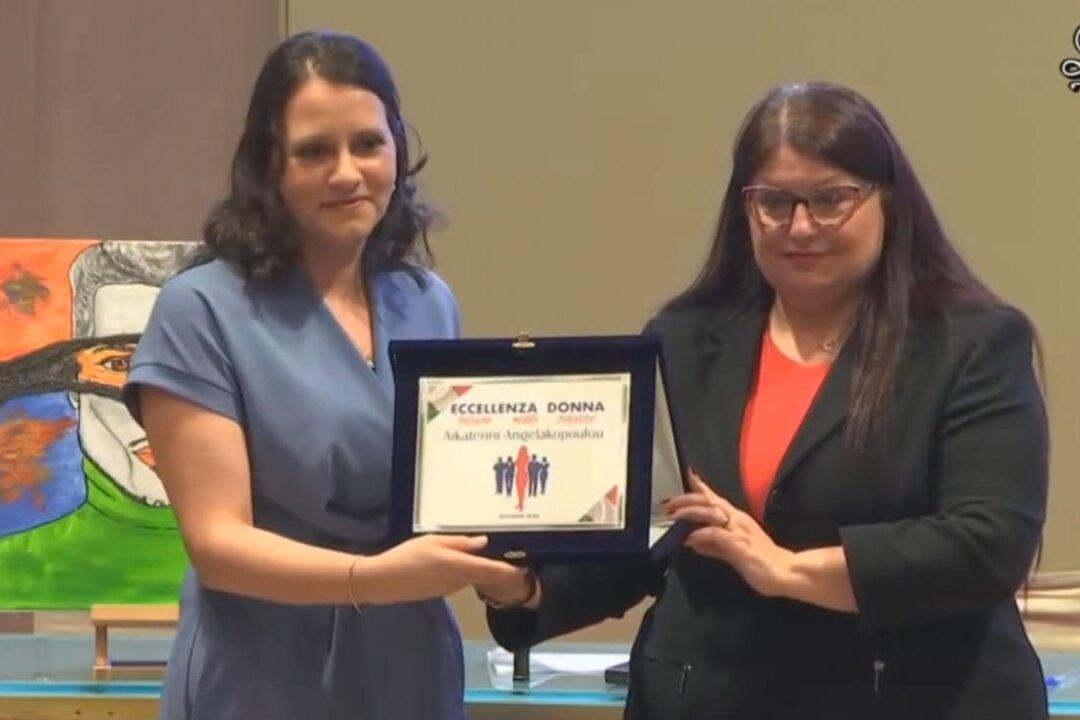Starbucks is reconsidering its open-to-all bathroom policy because worsening mental health problems among the public are posing a threat to employees and customers.
Howard Schultz, the CEO of the coffee shop chain, indicated during a New York Times DealBook forum on Thursday that the company may once again reserve the bathrooms for paying customers.
“The mental health crisis in this country is severe, acute, and getting worse,” he told the NY Times, adding that Starbucks is providing better training and “hardening our stores” in response to the mental health challenges.
When asked exactly what “hardening the stores” means, Schultz replied that this could mean the end of free bathroom access for non-customers.
“I don’t know if we can keep our bathrooms open,” he said, before arguing that the government should address mental health instead of leaving the problem to individual businesses.
Starbucks opened its bathrooms to the public in 2018 following an incident in which two black men were arrested at a Philadelphia store. The store’s manager insisted that they make a purchase in order to use the bathroom, and eventually called the police on them for trespassing.
Following a backlash, Starbucks settled with the men for an undisclosed amount of money. It also told all stores in the United States that “any person who enters our spaces, including patios, cafes and restrooms, regardless of whether they make a purchase, is considered a customer.”
“We don’t want to become a public bathroom, but we’re going to make the right decision 100 percent of the time and give people the key,” Schultz said at that time.
Schultz agreed that undoing the 2018 decision would be “a significant culture shift,” as noted by The NY Times’ Andrew Ross Sorkin.
The researchers collaborated with data company SafeGraph and examined cellphone location data from more than 10 million devices between January 2017 and October 2018, which covers a period before and after Starbucks’ bathroom policy shift. When measuring the data against cafe shops located near about 10,800 Starbucks stores across the United States, the researchers found that Starbucks suffered “large and significant” customer traffic decline compared with rivals.
The traffic dip was 84 percent higher for Starbucks stores that were close to a homeless shelter, according to the study.
In addition, the average income of Starbucks’ customers has dropped compared with that of visitors of other nearby coffee shops. “This would be consistent with them being more sensitive to crowding and the new visitors brought in by the bathroom policy,” the researchers wrote.
Starbucks disagreed with those findings, saying at that time the alleged decline in traffic didn’t actually translate to a loss of revenue.





